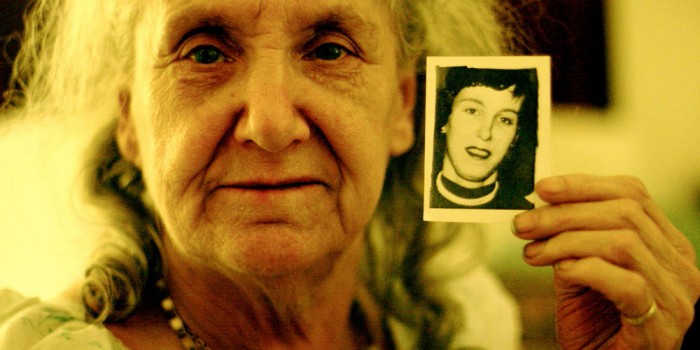Demand for plastic surgery is increasing dramatically. Whilst there’s no denying that the surgeons are getting more skilled and the techniques being used are advancing all the time, I can’t help but think that the main problem with such interventions is still there. Whenever you see someone who had their plastic surgery performed several years ago, it is apparent that the aging process takes place at different speeds in different areas: the face may still look relatively youthful, but the neck looks as though it was borrowed from a tortoise. Recently I was watching a fascinating programme where the photographer Rankin was recreating iconic holiday photographs. One of the original subjects, now well into her eighties, was interviewed to discuss the original shoot. This once beautiful lady had attempted to battle the aging process (admittedly probably many years earlier with more rudimentary techniques than are currently deployed); she looked, frankly, […]






Recent Comments